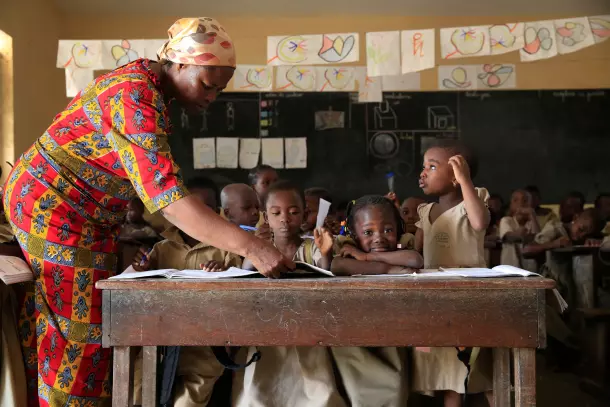Paris, 6 March 2024 (TDI): Teachers play a critical role in forming the future, unlocking learners’ potential, and achieving Sustainable Development Goal 4 of inclusive and equitable quality education. However, as 2030 is approaching quickly, the world is faced with a shortage of teachers.
The global report on teachers, a work carried out between UNESCO and the International Task Force on Teachers for Education 2030, is a way to mobilize the efforts of countries to empower, recruit, train, and support teachers.
Key Findings
According to the global report on teachers, there is an immediate need for 44 million primary and secondary teachers around the globe by 2030. This encompasses a demand for seven out of ten teachers at the secondary level and the need to replace over half of the current teachers who are leaving the profession.
The Sub-Saharan Africa region is deeply impacted by this, with an approximate need for 15 million new teachers by 2030. It is important to understand the scale of this demand, its geographical significance, and the ultimate impact on educational infrastructure along with the student-teacher ratio, is paramount to understanding the depth of this issue.
The shortage of teachers is a worldwide problem. It is evident not only in developing nations but also in high-income regions such as Europe and North America.
These regions, find it difficult to recruit and keep qualified educators, which leads to challenges in educational quality and equity.
Attrition rates among primary teachers doubled from 4.62 pc around the world in 2015 to 9.06 pc in 2022, with teachers not continuing with their profession within the first five years.
Therefore, it is important to understand the extensive nature of this shortage along with its socio-economic impact.
Also Read: Increasing China-Pakistan Collaboration in Education
Approach to Address Shortage of Teacher
Addressing a shortage of teachers requires a comprehensive approach. It is crucial to create appealing pathways with equitable access to professional development, autonomy and purpose are paramount in maintaining teachers’ motivation.
Moreover, inclusive policies that encourage gender equality in the teaching profession are essential. Diverse teaching workforces that demonstrate the communities that they serve elevate the relevance of education and enrich the learning experience.
Also, it is importance to support women’s representation in leadership positions all the while engaging men in the teaching profession, especially in the early year’s education.
It is therefore vital to understand the importance of a gender-balanced teaching workforce and its influence on educational outcomes.
In addition to this, increasing wages, enhancing working conditions, and investing in education critically influence a teacher’s well-being and motivation. Moreover, involving teachers in decision-making and sustaining a collaborative school culture can attract and preserve quality educators.
Also, sufficient investment in new teachers can lower attrition and address shortages significantly.
Education Empowerment
The global shortage of teachers requires urgent attention. It is not only about the number of teachers but also their qualities.
The Global Report on Teachers stands to offer evidence-informed solutions to make sure that every child has motivated and qualified teachers to reach.
Remodeling teaching as a collaborative profession, lifelong professional development, professional autonomy, and including teachers in decision-making are some of the important points in the report.
Dwelling deeper into the strategies put forth and understanding their transformative potential is necessary to improve the teaching profession.



